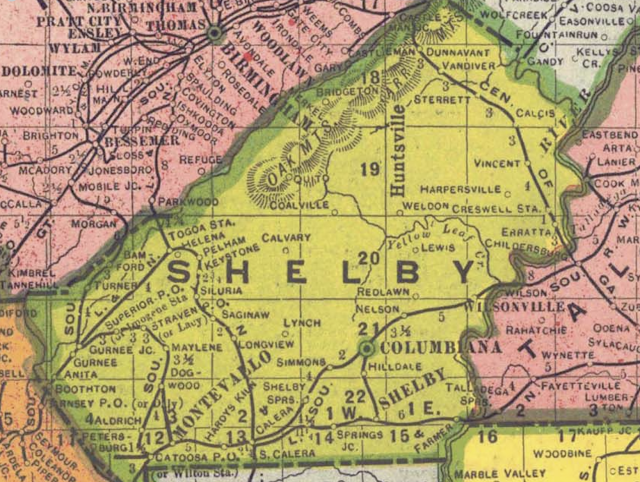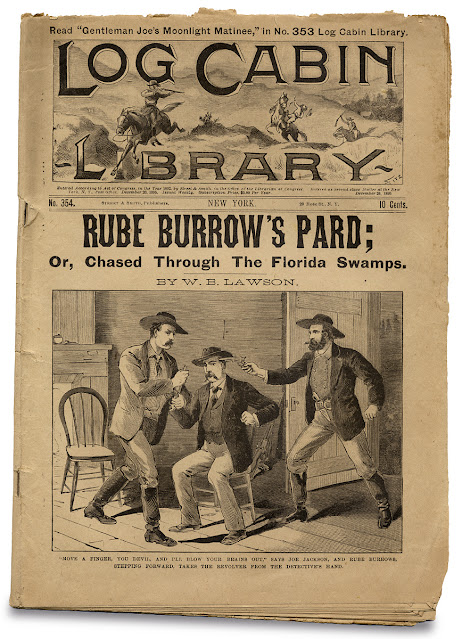As we were going through some papers at mom's recently, my younger brother Richard came across these relics from the past--trading stamps. Mom was a big user of these back in the day; my wife Dianne tells me her mother was, too. The ones we found were S&H Green Stamps, Plaid Stamps [a program of the A&P company] and Top Value Stamps.
According to Wikipedia, trading stamps were first used in 1891 at a department store in Wisconsin. Five years later the Sperry and Hutchinson Company began offering its line of stamps to retailers; by 1957 around 200 companies had entered the business. In addition to the three seen here, other prominent companies included Gold Bond Stamps and Blue Chip Stamps. In the late 1950s in the U.S. around 250,000 retail outlets were offering stamps and almost two-thirds of households saved them. Stamps could be redeemed for all sorts of products.
Most trading stamps were given at supermarkets, grocery stores and gas stations; that practice began to decline in the 1970s for various reasons. In 2008 the last remaining company in the printed stamps field in the U.S., Eagle Stamps, shut down operations. S&H Green Stamps closed its online "Greenpoints" program in 2020 and also announced that the classic printed stamps no longer had any value.
Top Value stamps shut down in the 1980s and S&H honored them for a while. At its height, S&H had its own redemption centers in larger cities. In Alabama these centers, which were like department stores, operated in Montgomery, Birmingham and Huntsville and perhaps other locations.
I don't remember anything specific mom purchased with such stamps, but I imagine most items were practical!

















































